Essential Tools
9 Essential Tools for Cooking All the Vegetables
Produce whisperer and author Deborah Madison on how to stock our tool kits.
Photo by MJ Kroeger

The Food52 Vegan Cookbook is here! With this book from Gena Hamshaw, anyone can learn how to eat more plants (and along the way, how to cook with and love cashew cheese, tofu, and nutritional yeast).
Order nowPopular on Food52
Continue After Advertisement
13 Comments
Melinda R.
December 13, 2017
Could you please share the kind of knife sharpener that you mentioned? i have one by a good brand and I don't think I am doing it right. The knives don't come out any sharper. I may be being too tentative with it.
Tom W.
September 12, 2015
Best way is don't try. Stains and the patina of use are part of the magic of these earthenware pots. As explained by Paula Wolfert https://books.google.com/books?id=iHh19M8YNxEC&printsec=frontcover&dq=paula+wolfert+claypot&hl=en&sa=X&ved=0CAwQ6AEwAGoVChMIk-P77eXxxwIVzBo-Ch3Azgfw
In "Mediterranean Clay Pot Cooking" this patina and the associated flavors are what make these pots so wonderful to cook in.
You could uses oven cleaner, but there is a risk of putting in a flavor you don't want.
In "Mediterranean Clay Pot Cooking" this patina and the associated flavors are what make these pots so wonderful to cook in.
You could uses oven cleaner, but there is a risk of putting in a flavor you don't want.
I A.
September 12, 2015
Hi! Anybody have a recommendation for effectively cleaning a Romertopf? I was given this thing as a gift and it looked beautiful until I cooked a meal in it. The meal turned out wonderful but the unglazed parts of the oven, where the lid and the basin meet, were blackened and no amount of scrubbing or elbow grease has removed the discoloration from the clay. Thanks for any thoughts about this. And, yes, I have emailed them but my German needs a lot of work.
Tom W.
September 12, 2015
And one of our favorites:
http://www.claycoyote.com/mobile/Product.aspx?id=37606
P
http://www.claycoyote.com/mobile/Product.aspx?id=37606
P
Deborah M.
August 29, 2014
Lazyretirementgirl: Glad you now have a reason to use your pretty bamboo cutting board!
Deborah M.
August 29, 2014
About a scale: Mine happens to be made by OXO, but what's important (and why I like this scale) is that you can easily go back and forth between pounds and kilograms (important if your recipe is written with grams rather than ounce weights) and you can put a bowl right on it, zero out the weight, then add your ingredient for an accurate reading without having to subtract the weight of the bowl. Simple things, but they make the scale much easier to use. Mine also has a light feature that illuminates the read-out, which I just discovered while giving my scale a closer look. I've never used it but it could be helpful if your eyesight is poor or your kitchen is really dark.
Lazyretirementgirl
August 29, 2014
Thanks so much for the "fruit only"cutting board idea. I recently bought a bamboo board to augment my collection of dishwasher safe plastic boards, and found myself ignoring it -- can't use for alliums, it will stink. Can't use for meat -- it will be contaminated. Now I can make a virtue of necessity and use it as my exclusive fruit board.
helicopterina
August 29, 2014
What digital scale do you recommend ? (And thanks for the simple but totally spot on recommendation to have pair of longer tongs)
Deborah M.
August 28, 2014
Lisa - Pressure cookers aren't that hard to find, really. I do suggest thought, that you choose one that's stainless steel and well made. I have used Tefal brand pressure cookers in the past and present and am very happy with them - easy to use and a good price. You don't have to spend a fortune on one, even though there are some pretty pricey ones out there.
Layla C.
August 27, 2014
I would not even know where to buy a pressure cooker.
Lisa
August 27, 2014
They're pretty much available in any well stocked store that sells pots and pans, from Wal-Mart to Macy's to name a couple of mainstream options. They're hardly specialty items, per se. They're also not to be intimidated by either, as they're easy to use once you get the gist of them--and that's not hard to learn. It's basically a strong pot with a tight fitting lid and valve to release the steam.

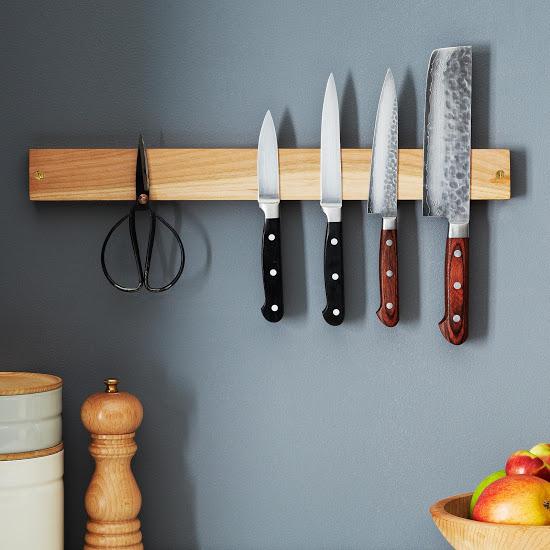
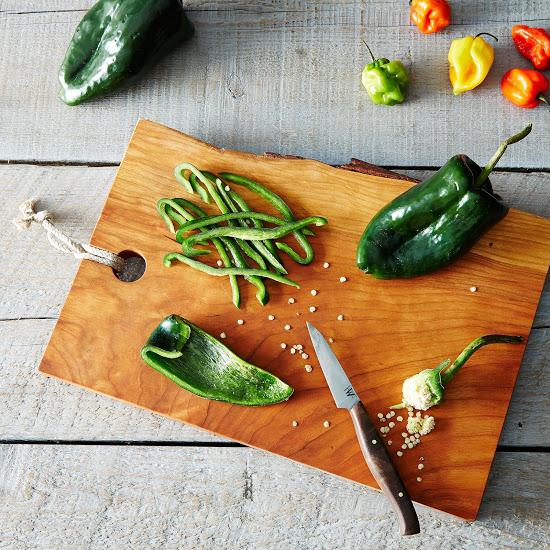
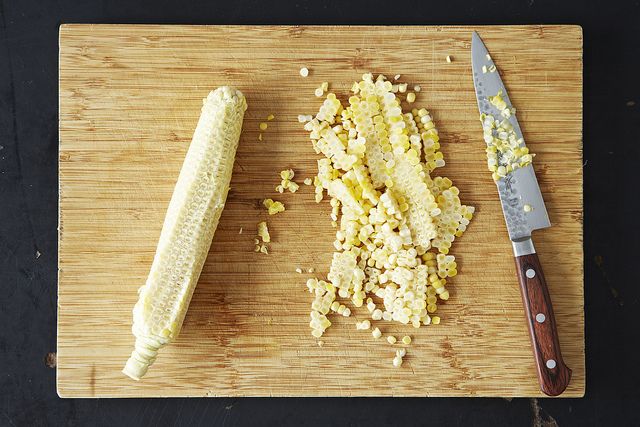
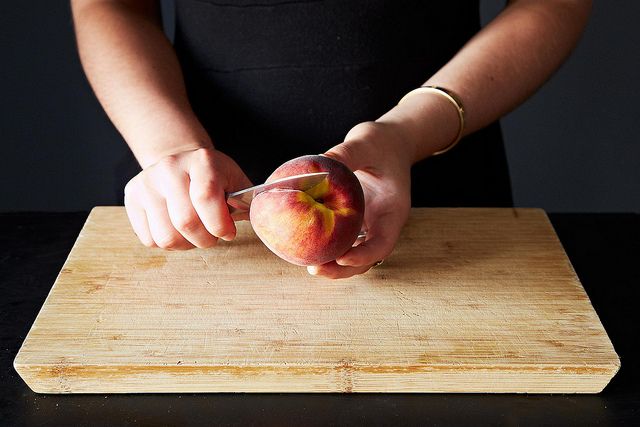

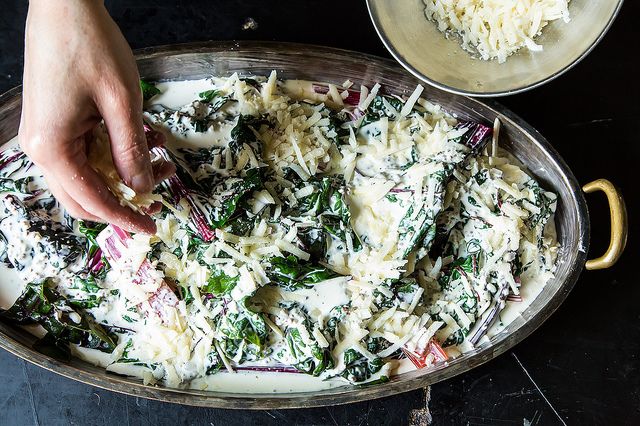

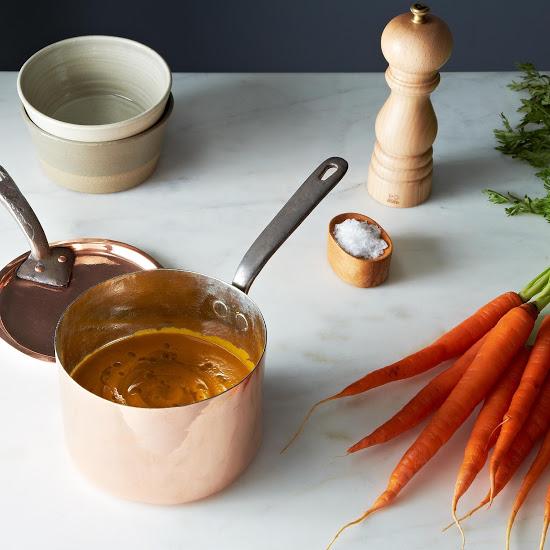
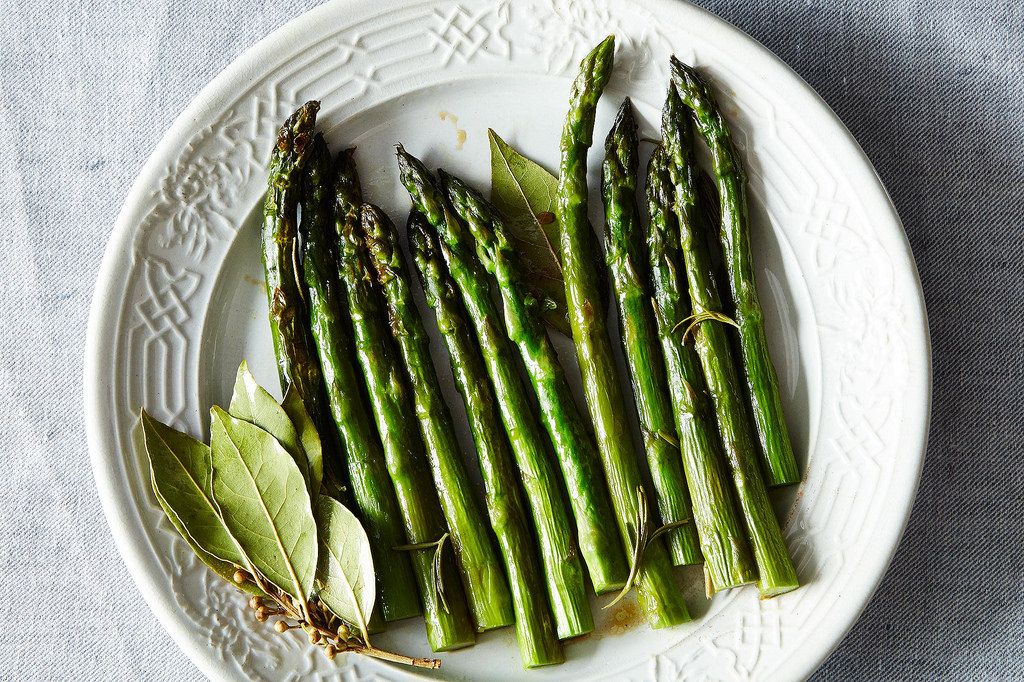
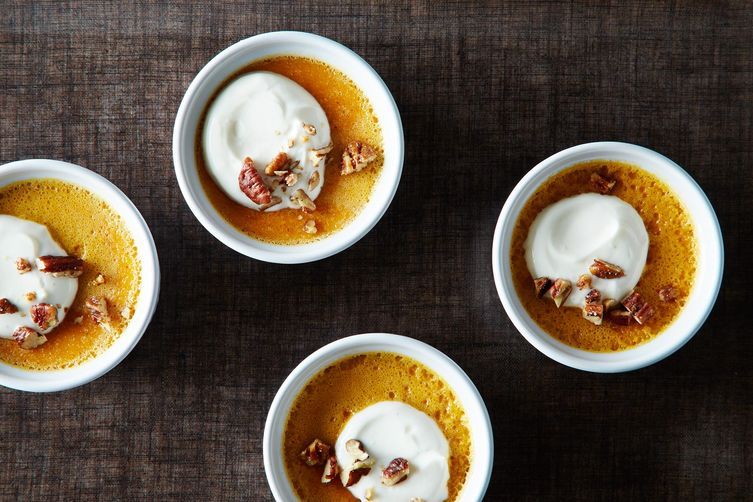

See what other Food52 readers are saying.